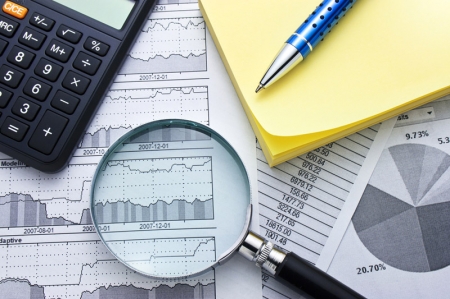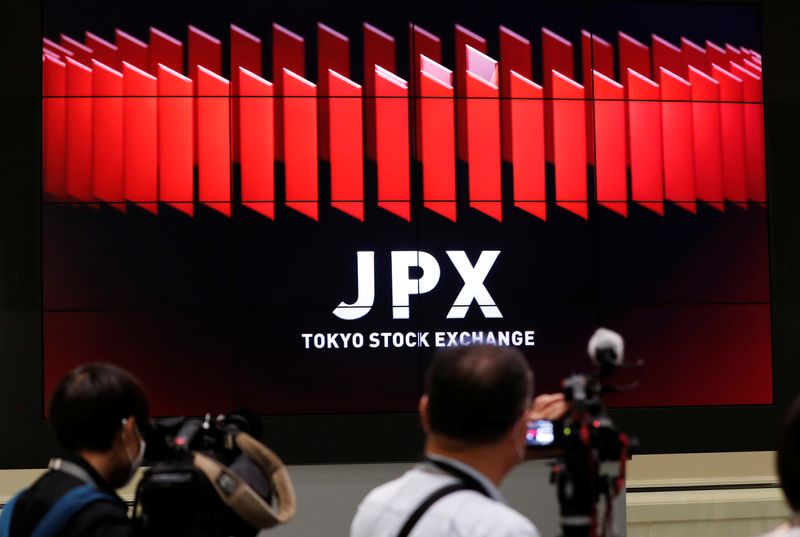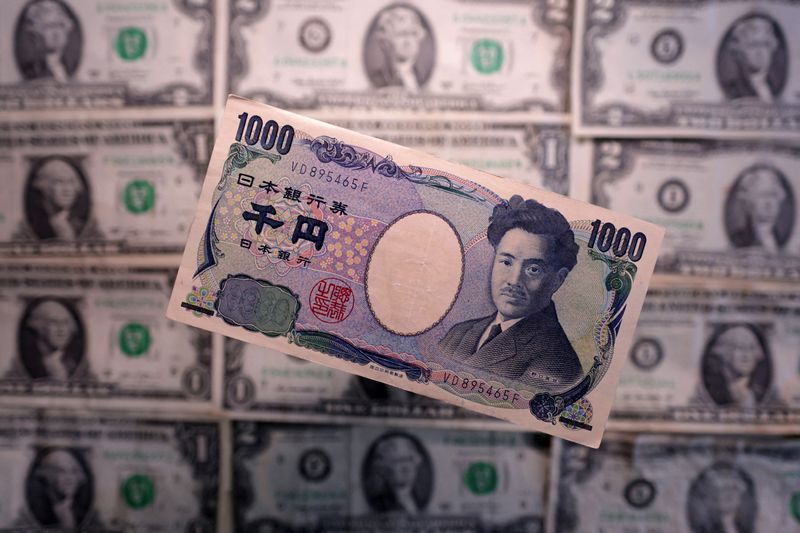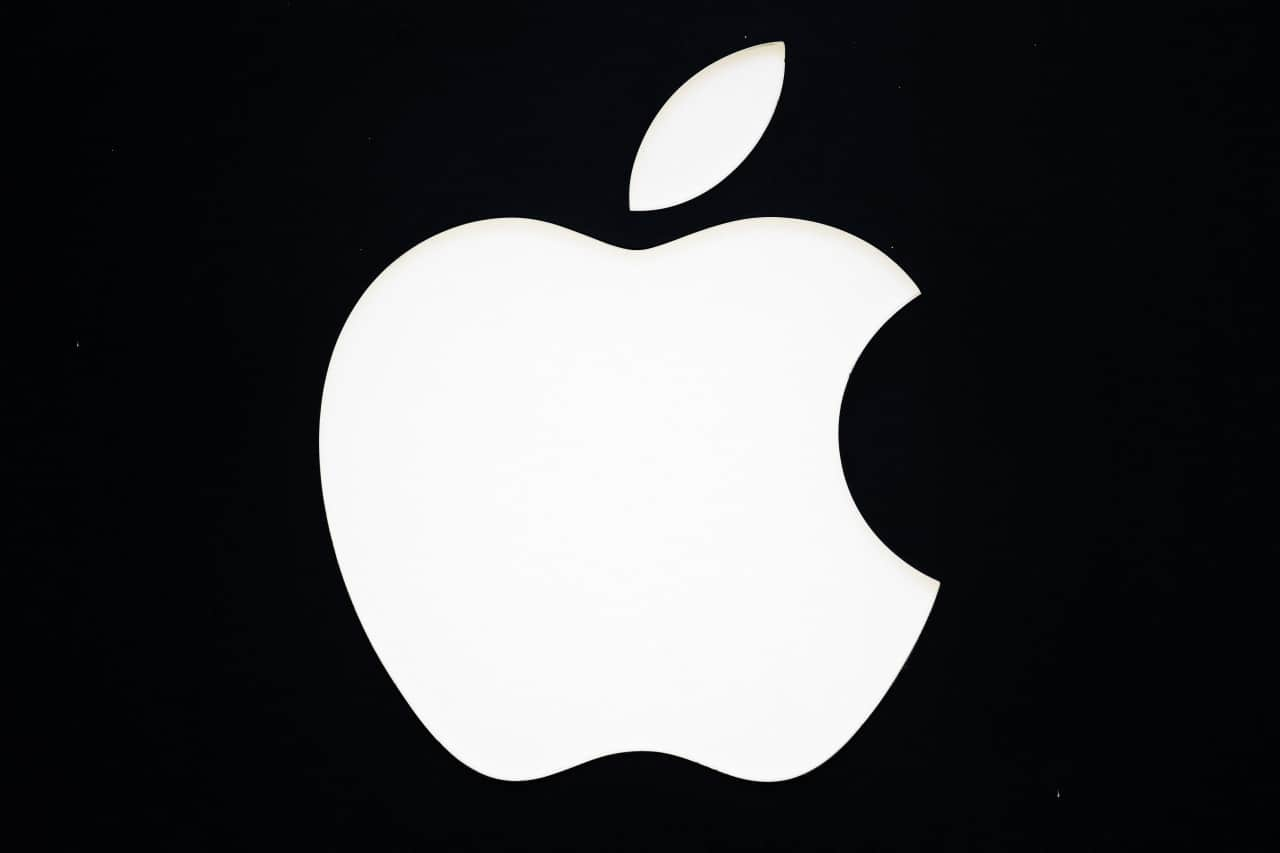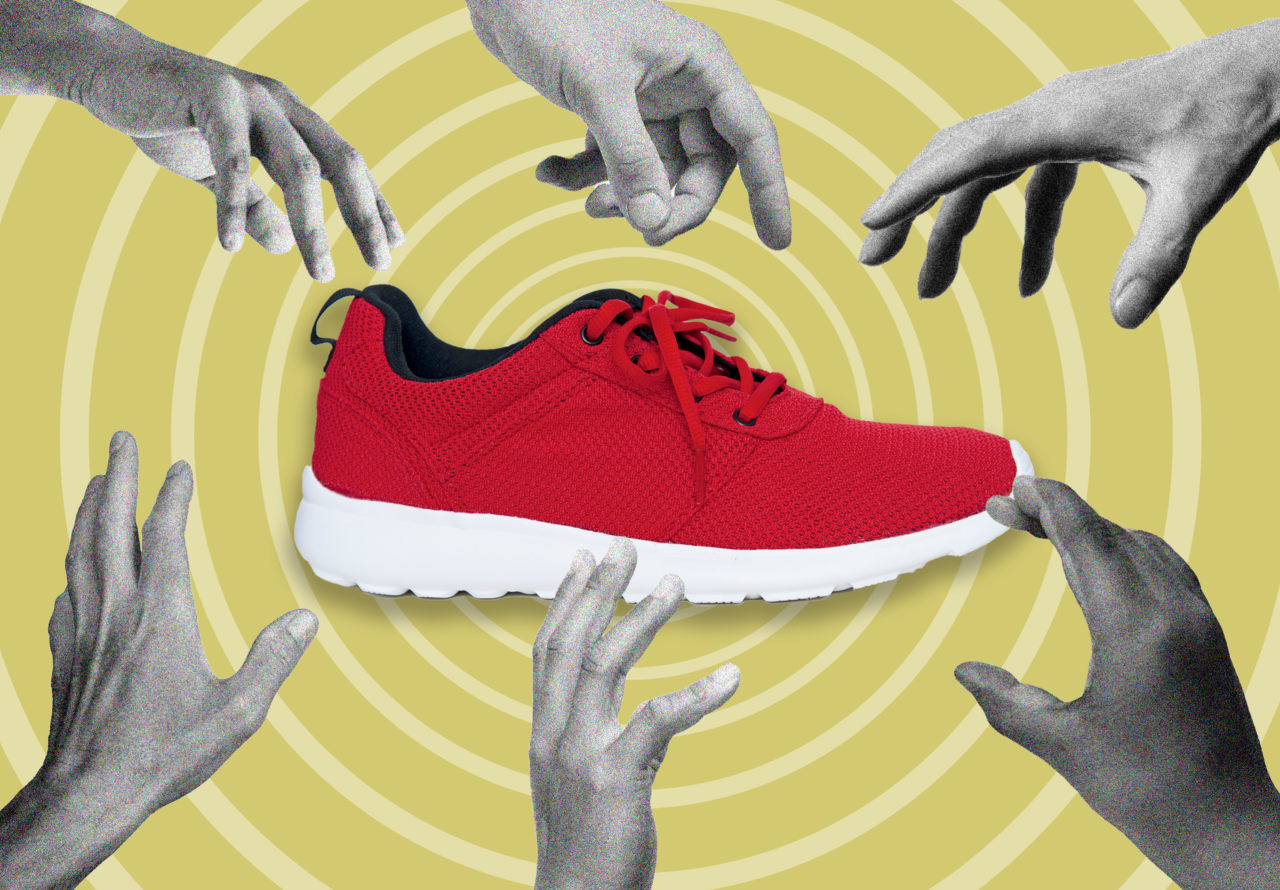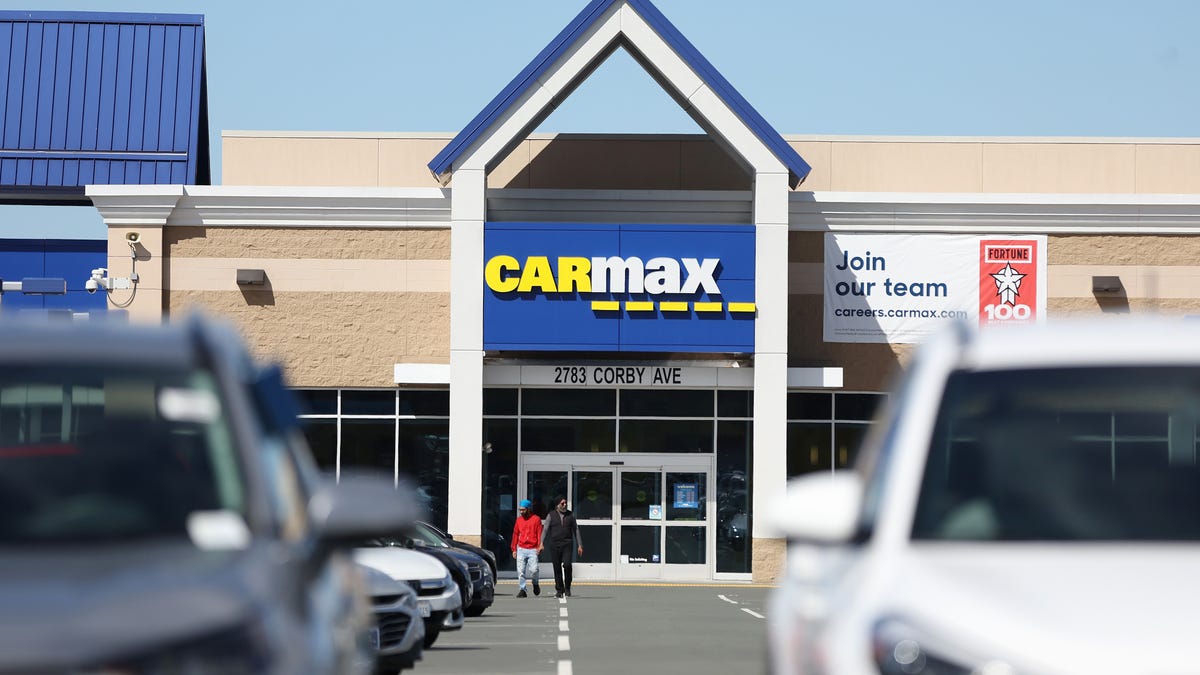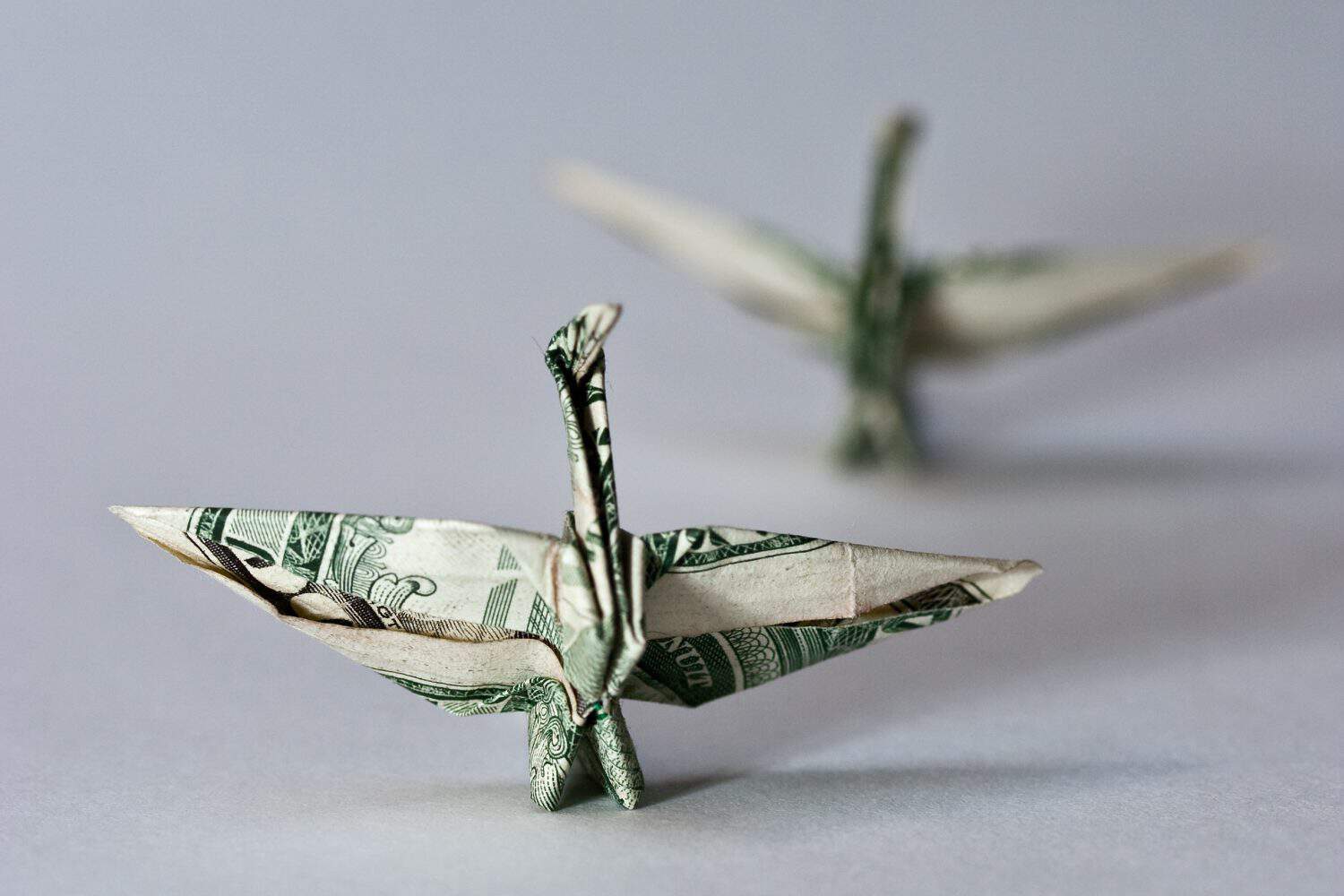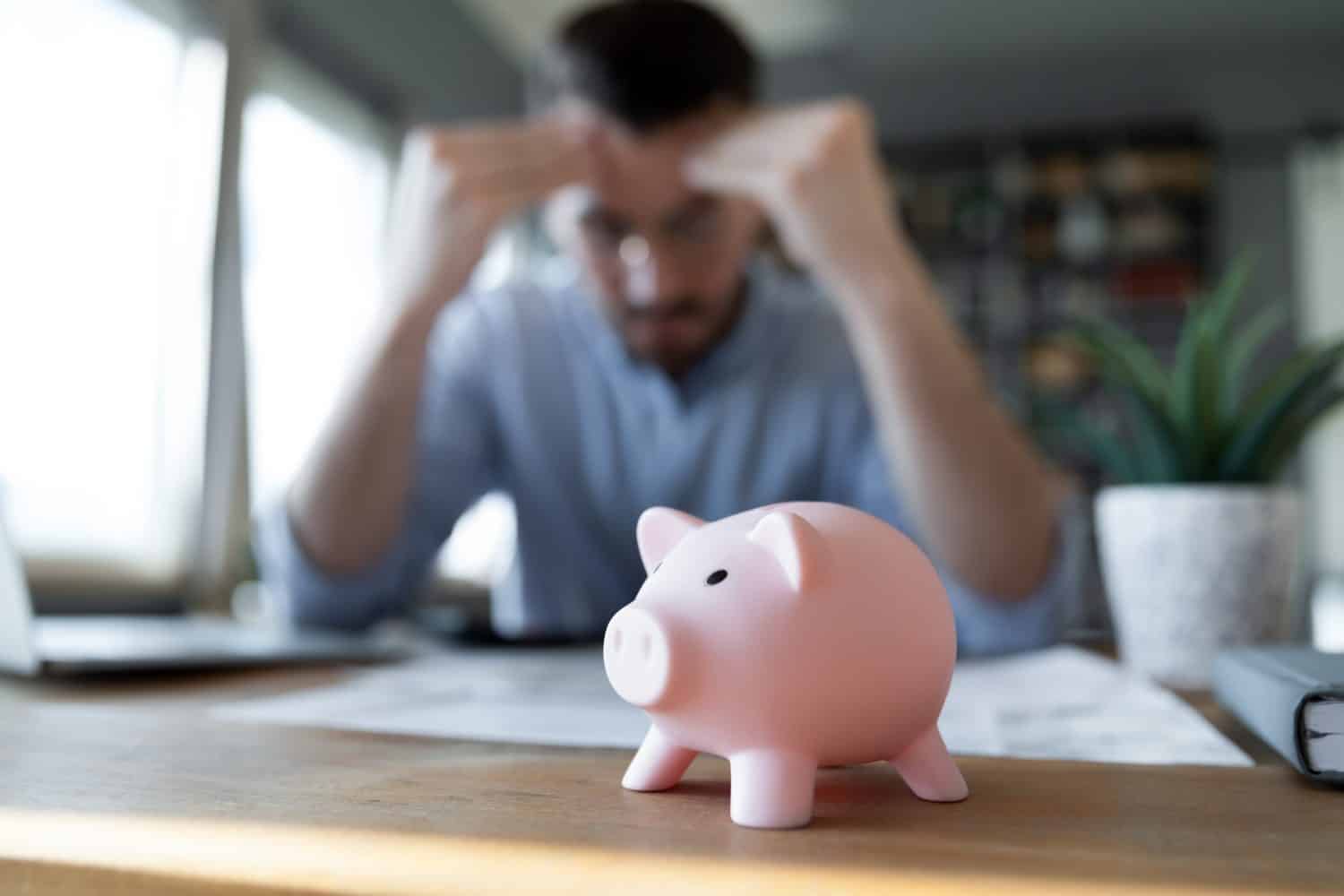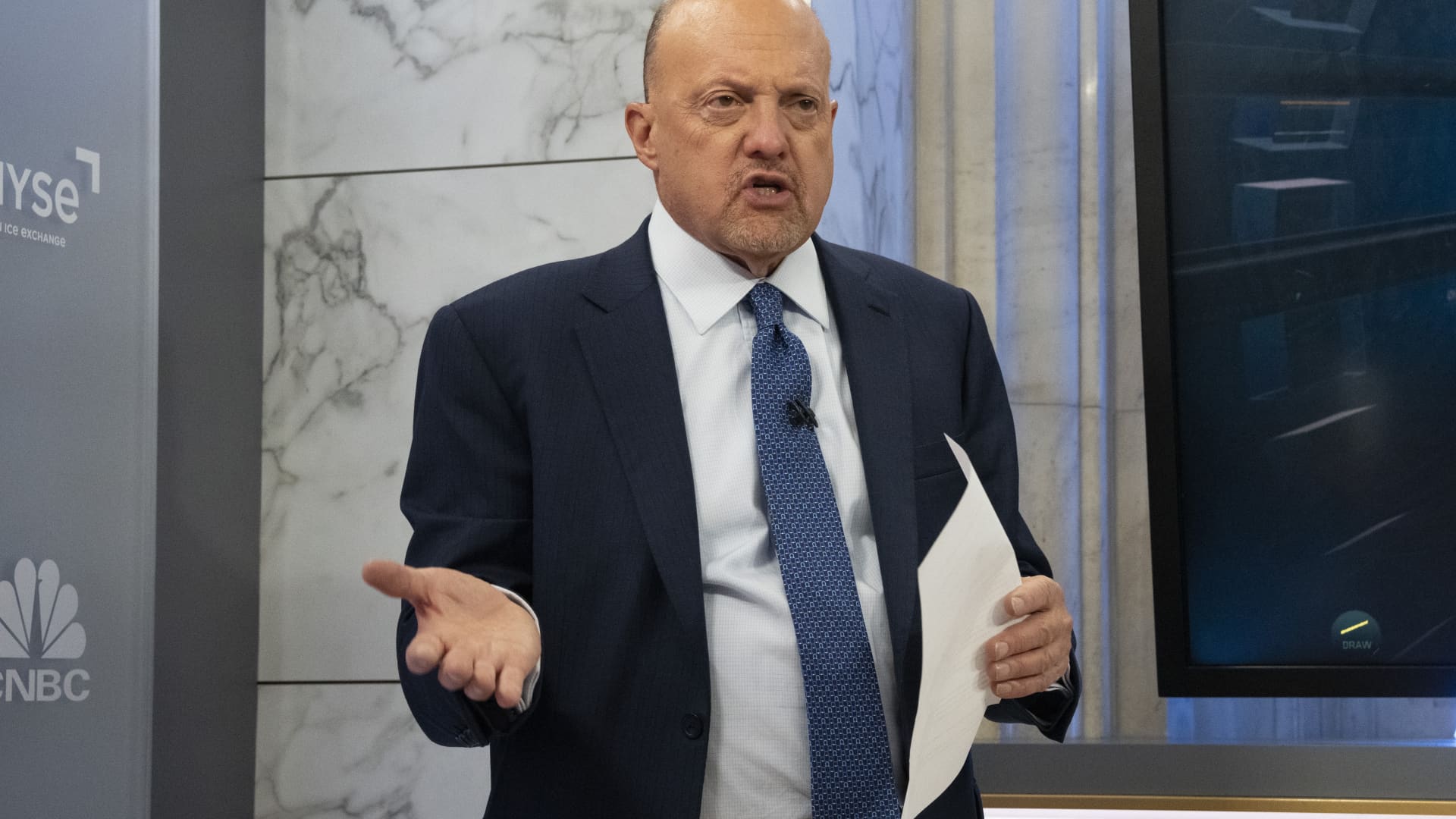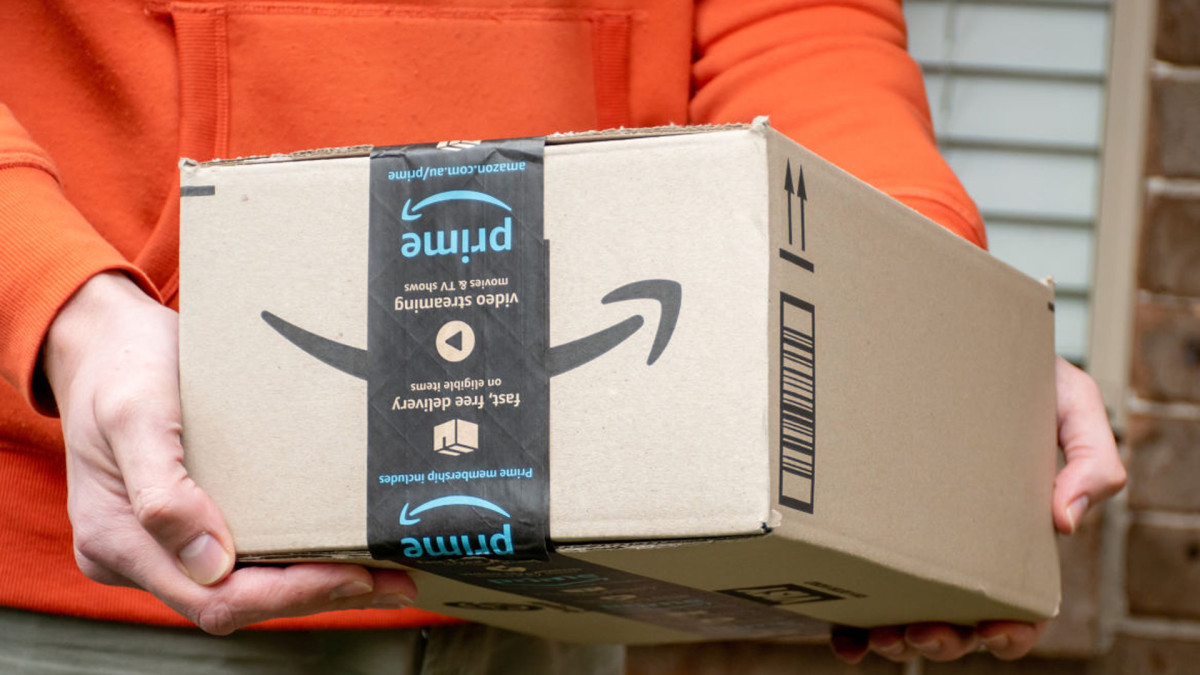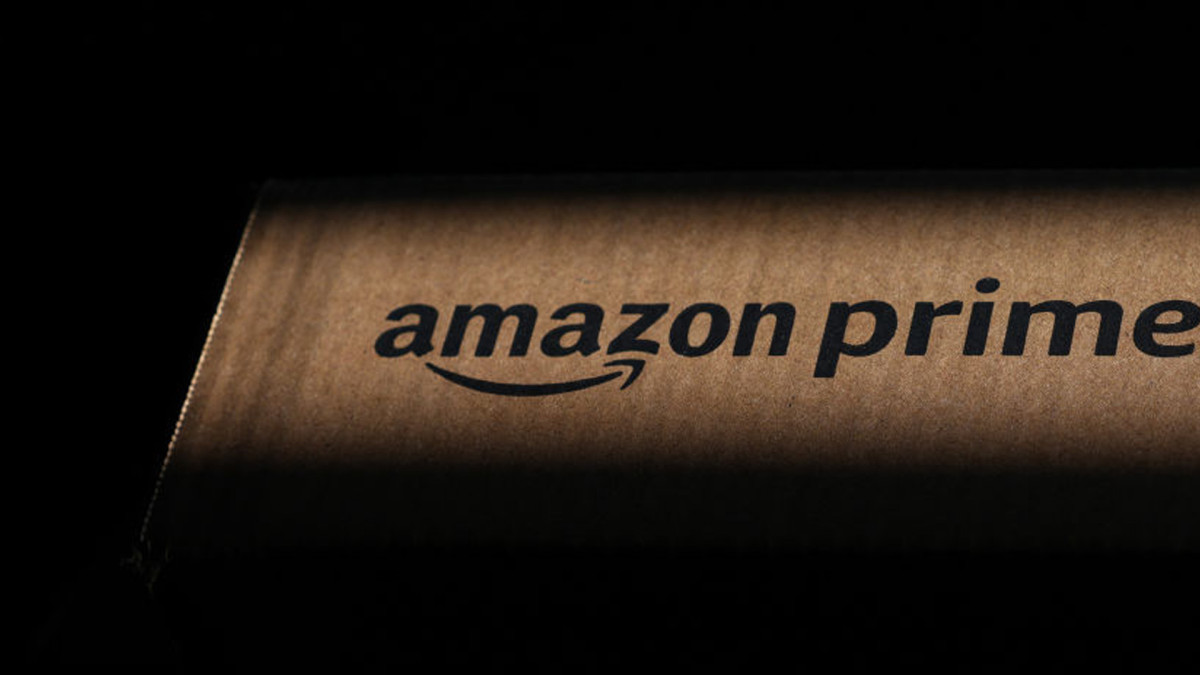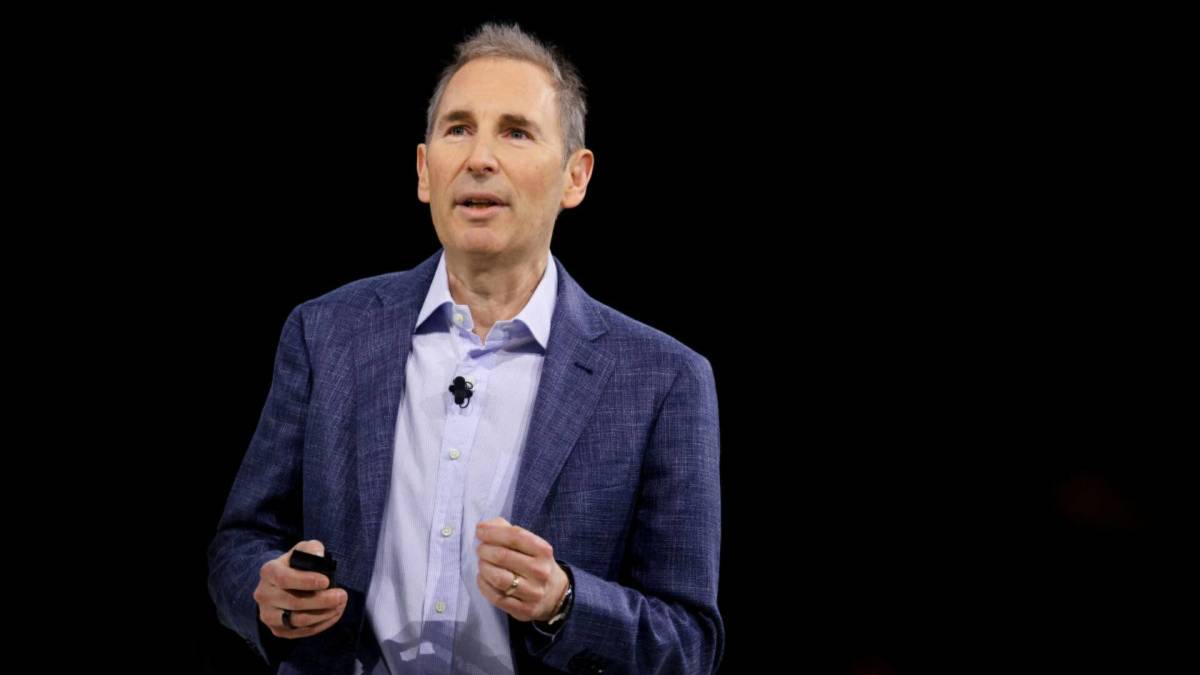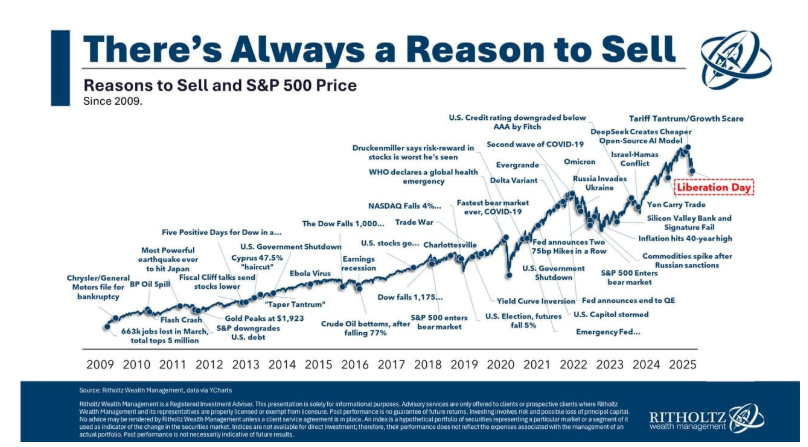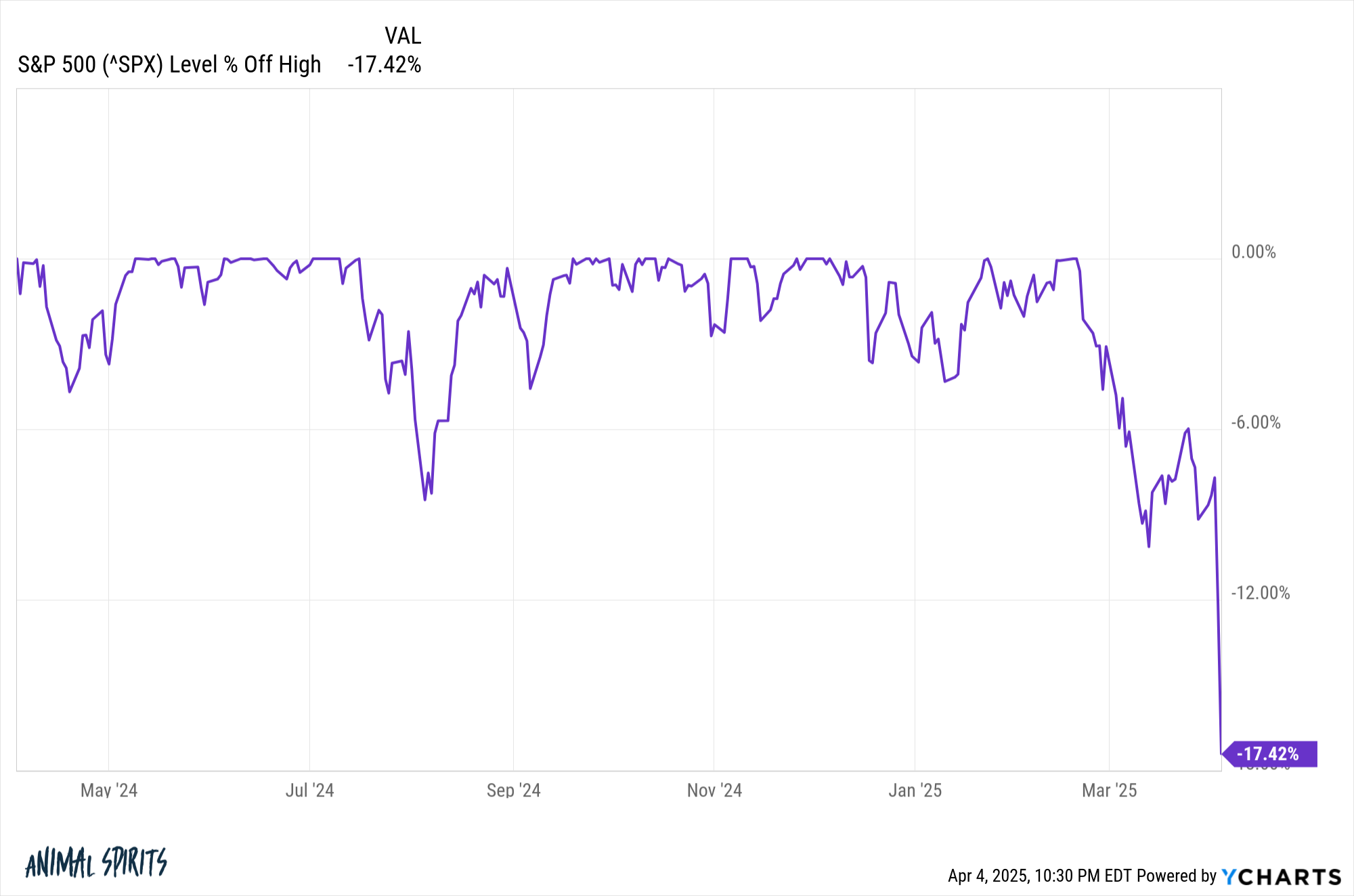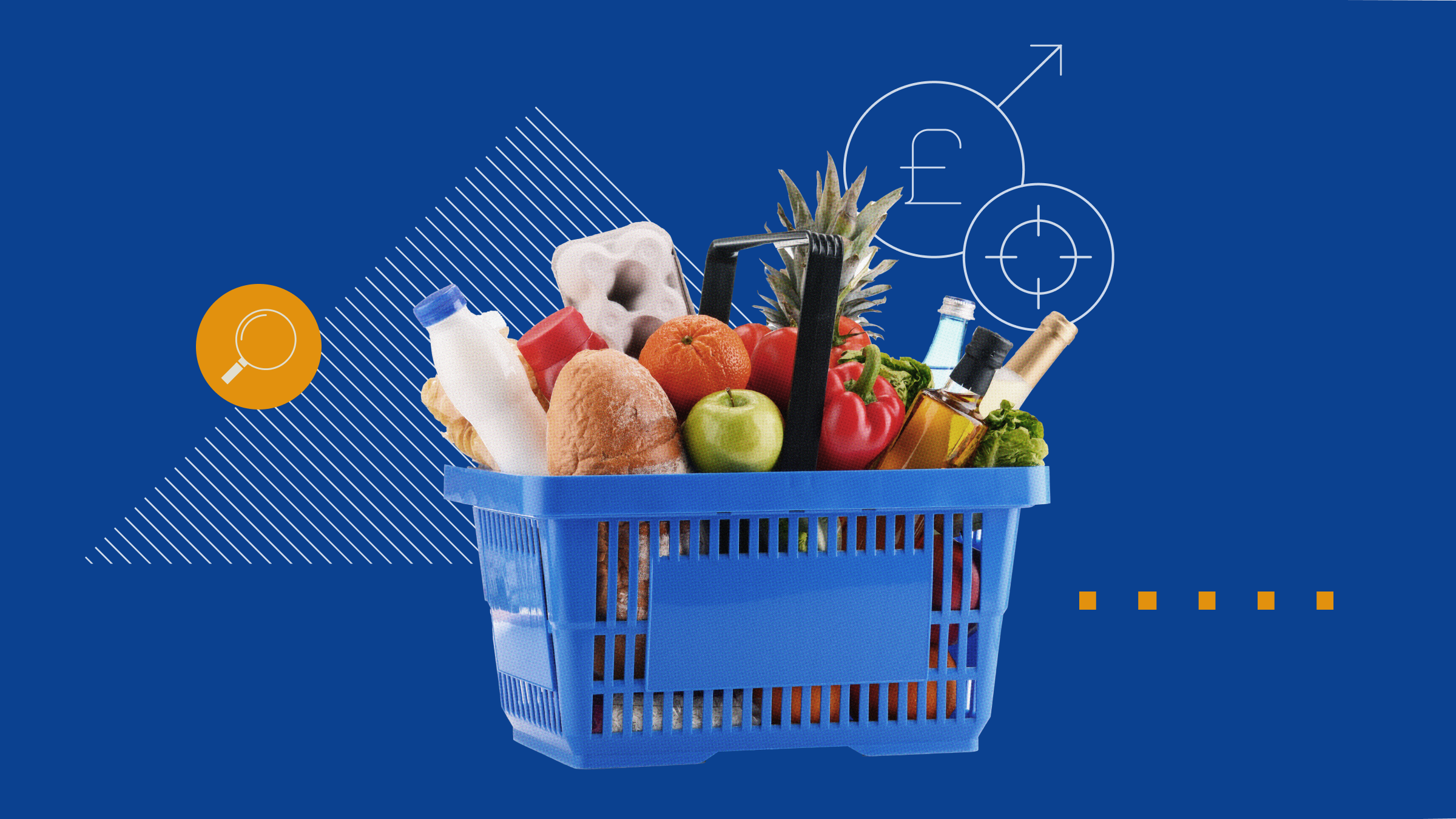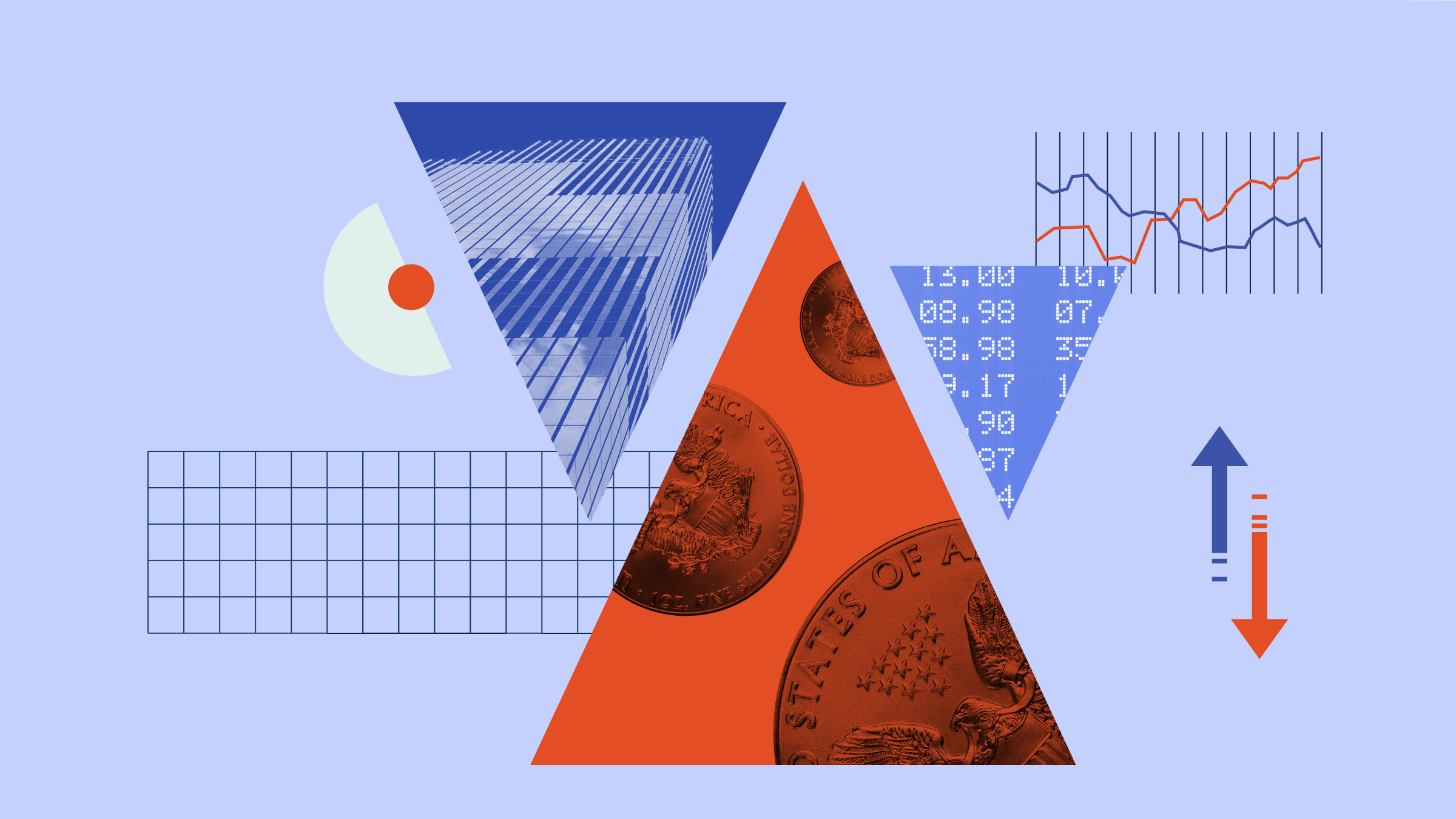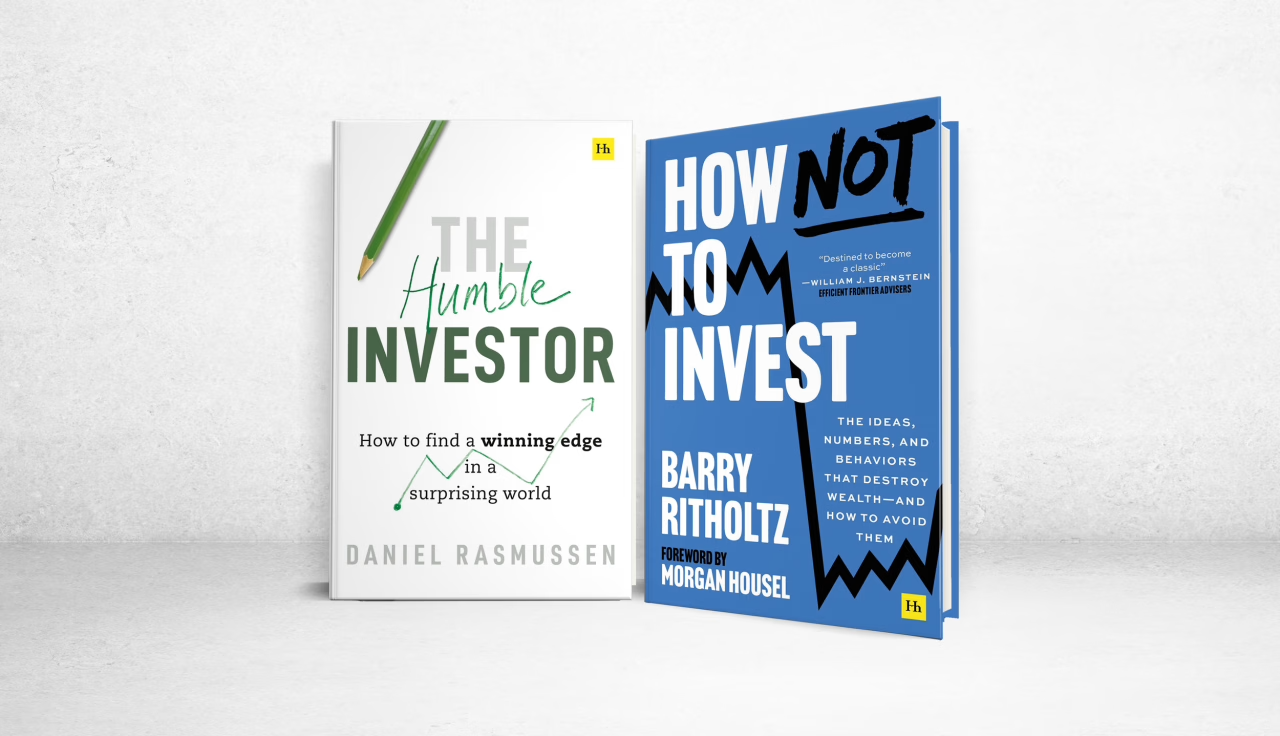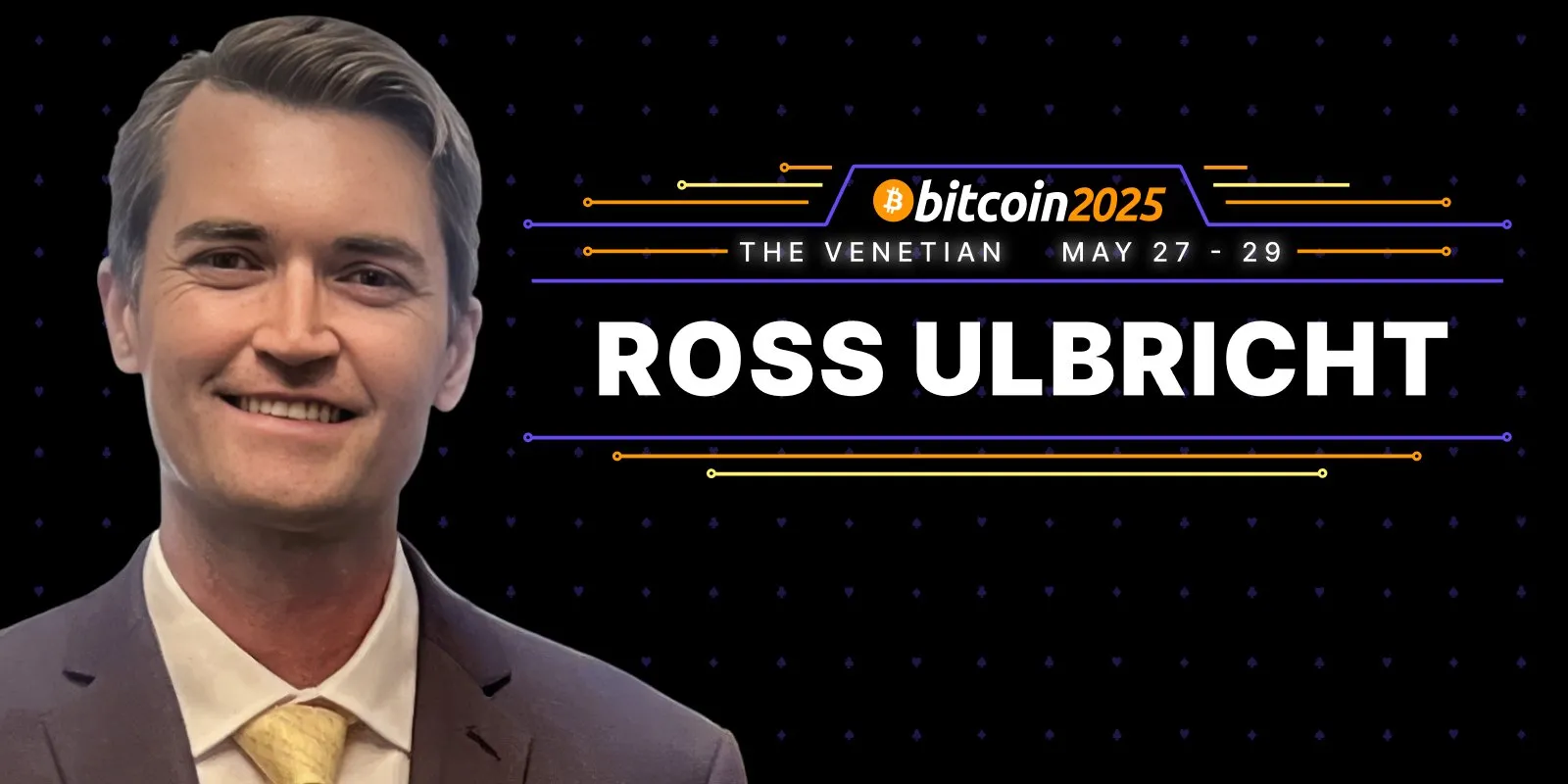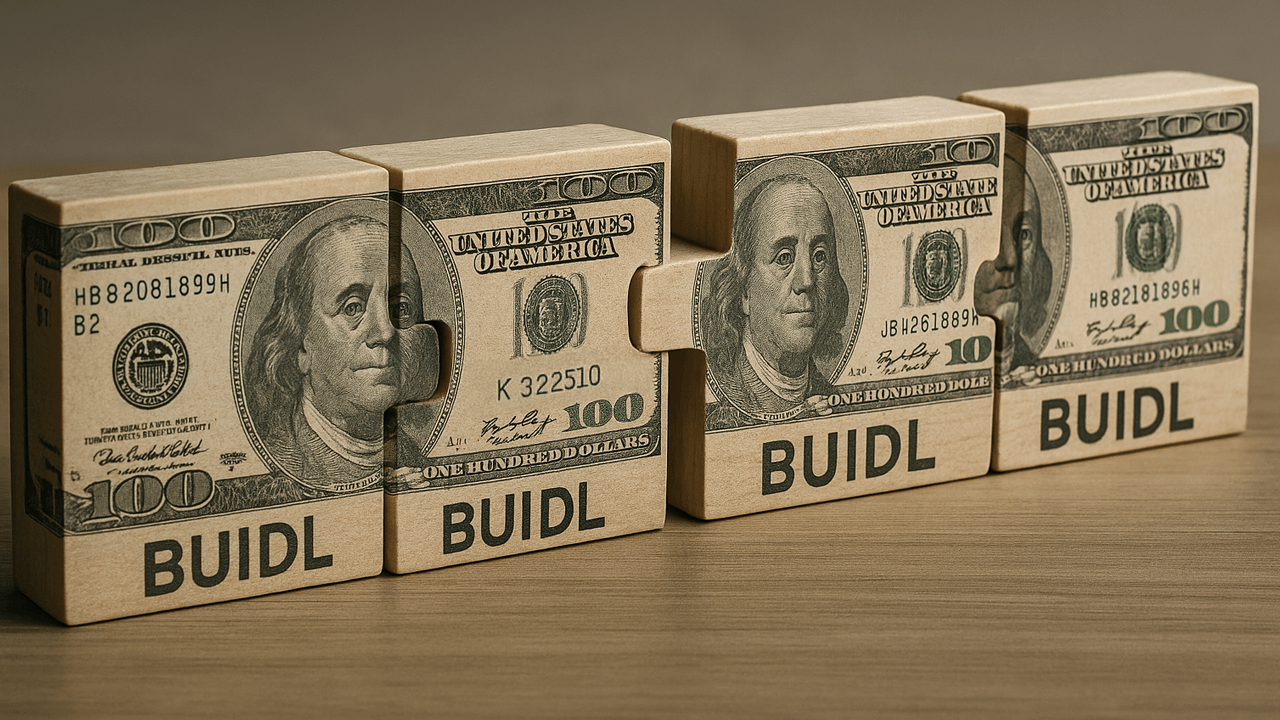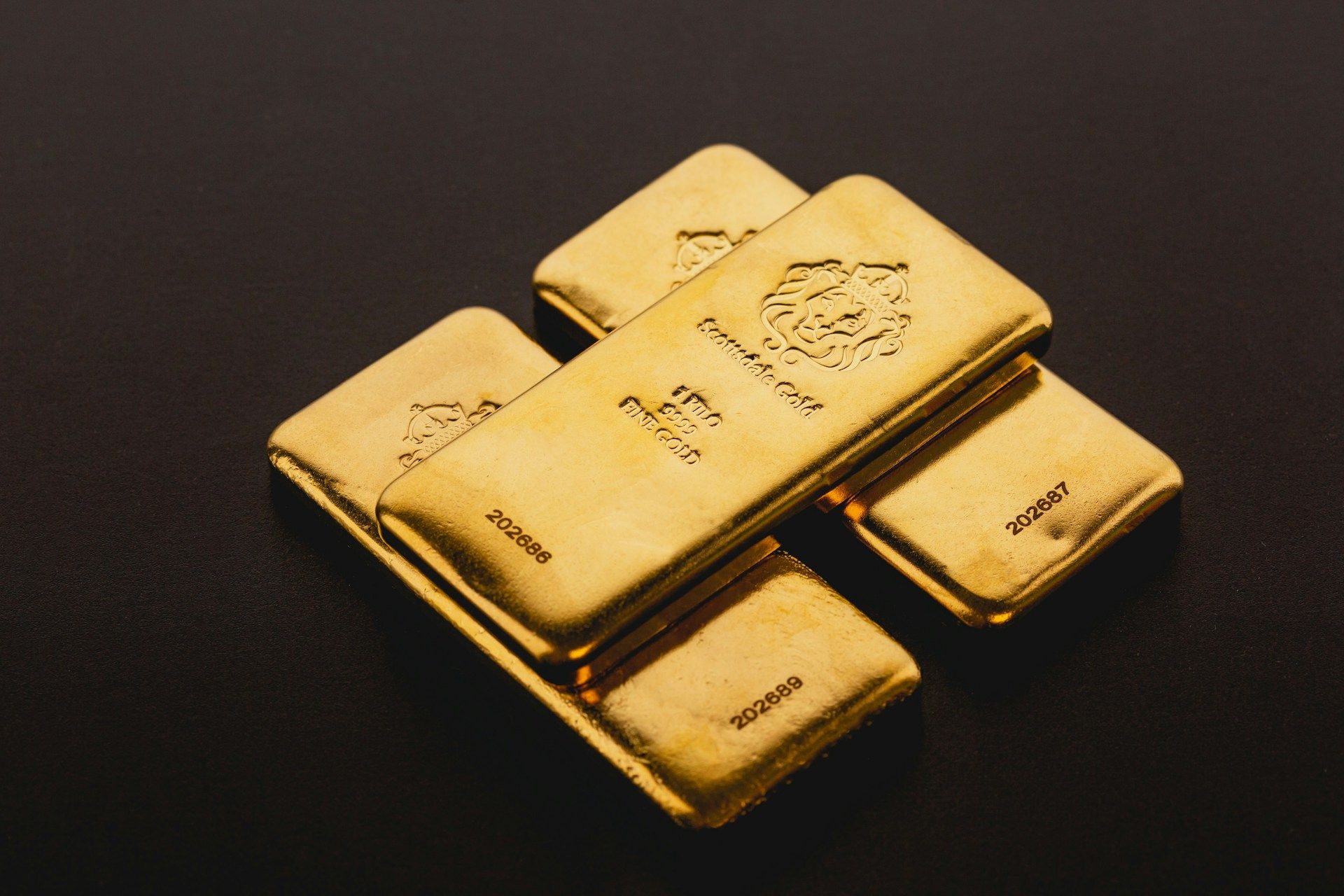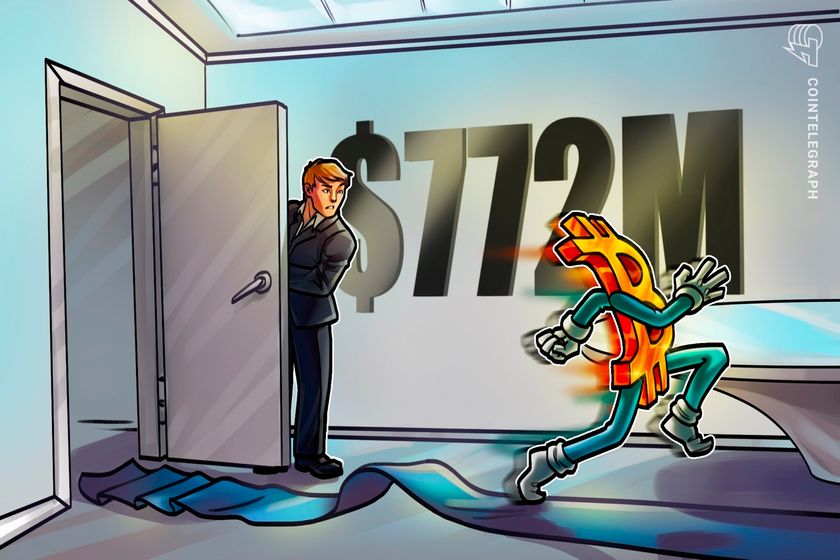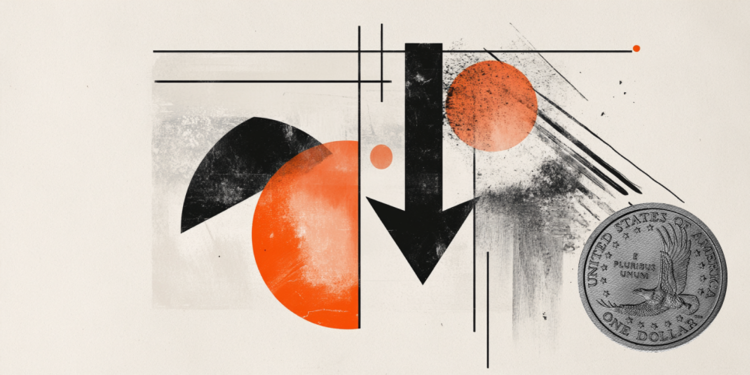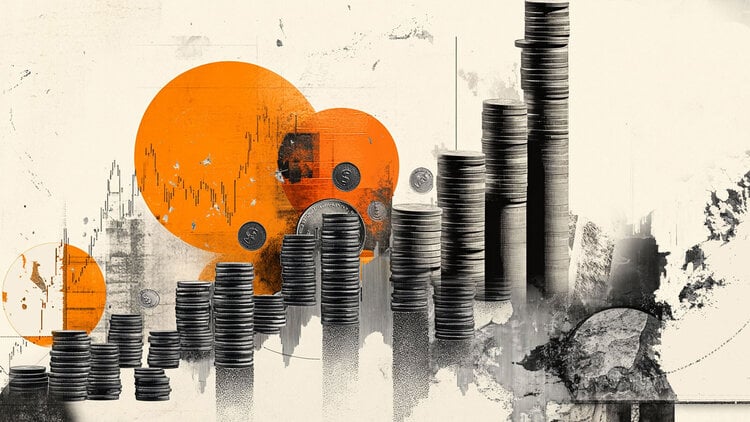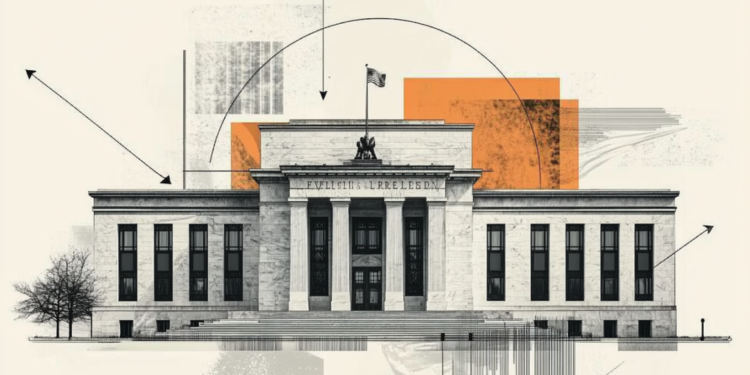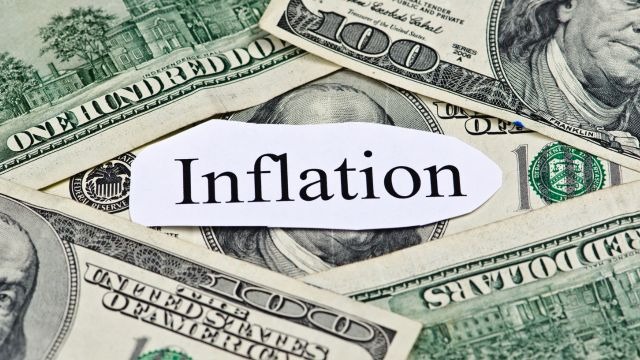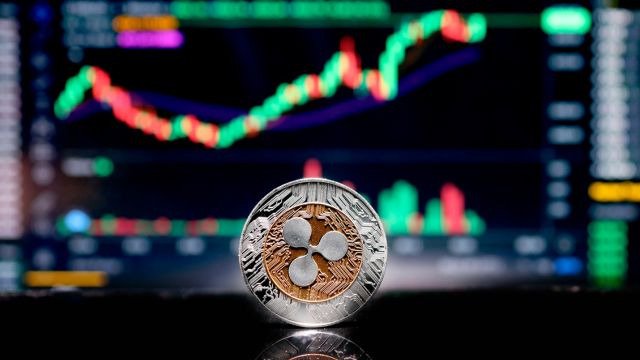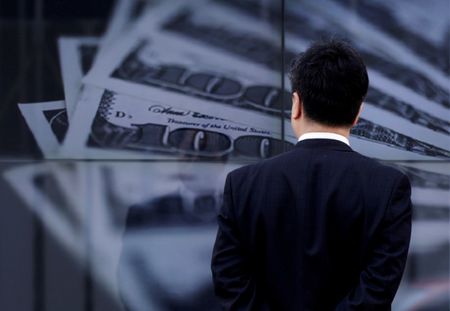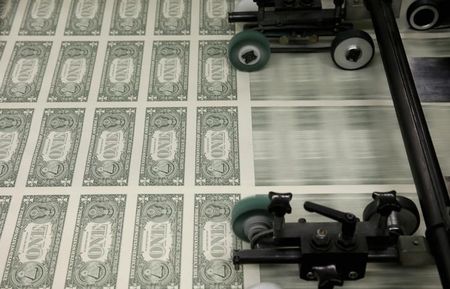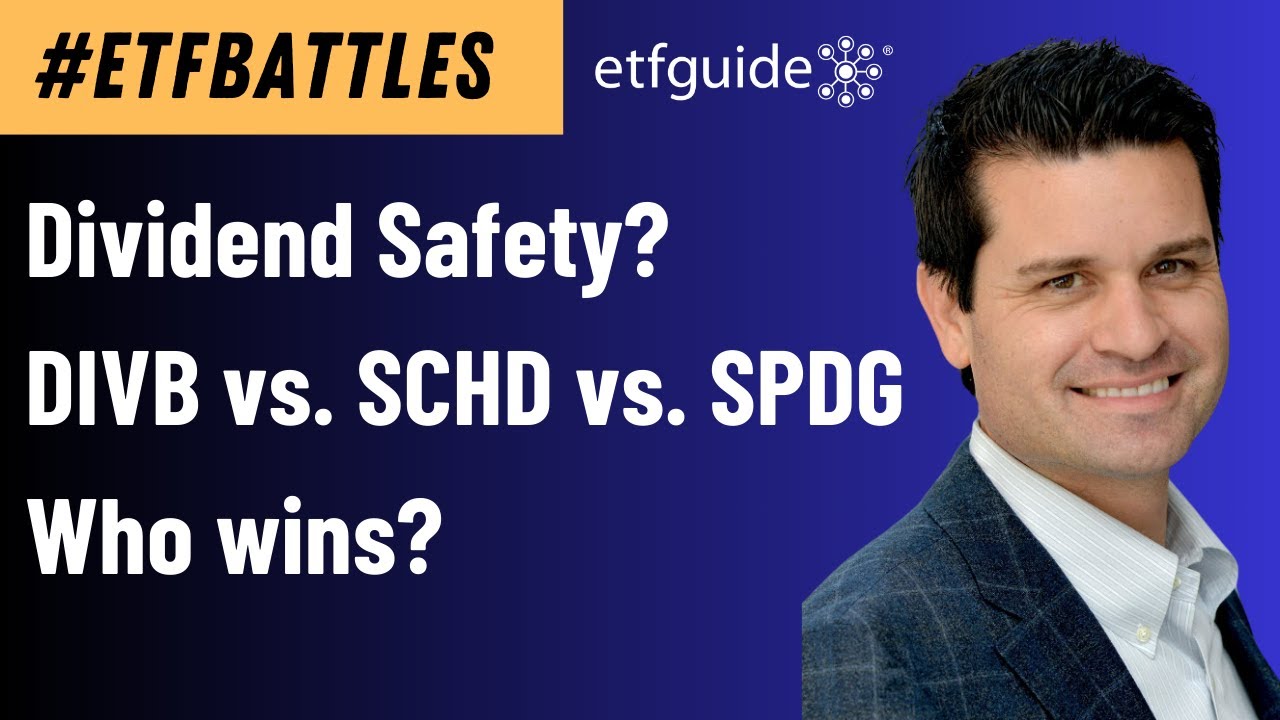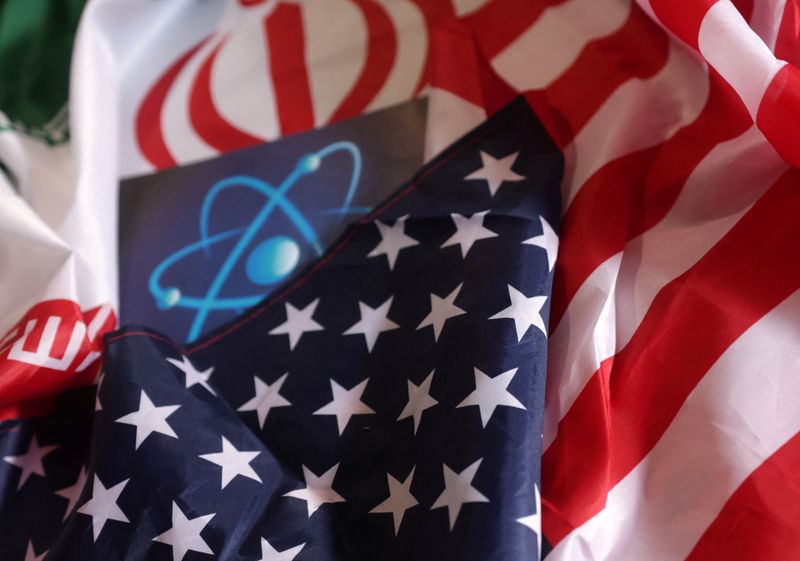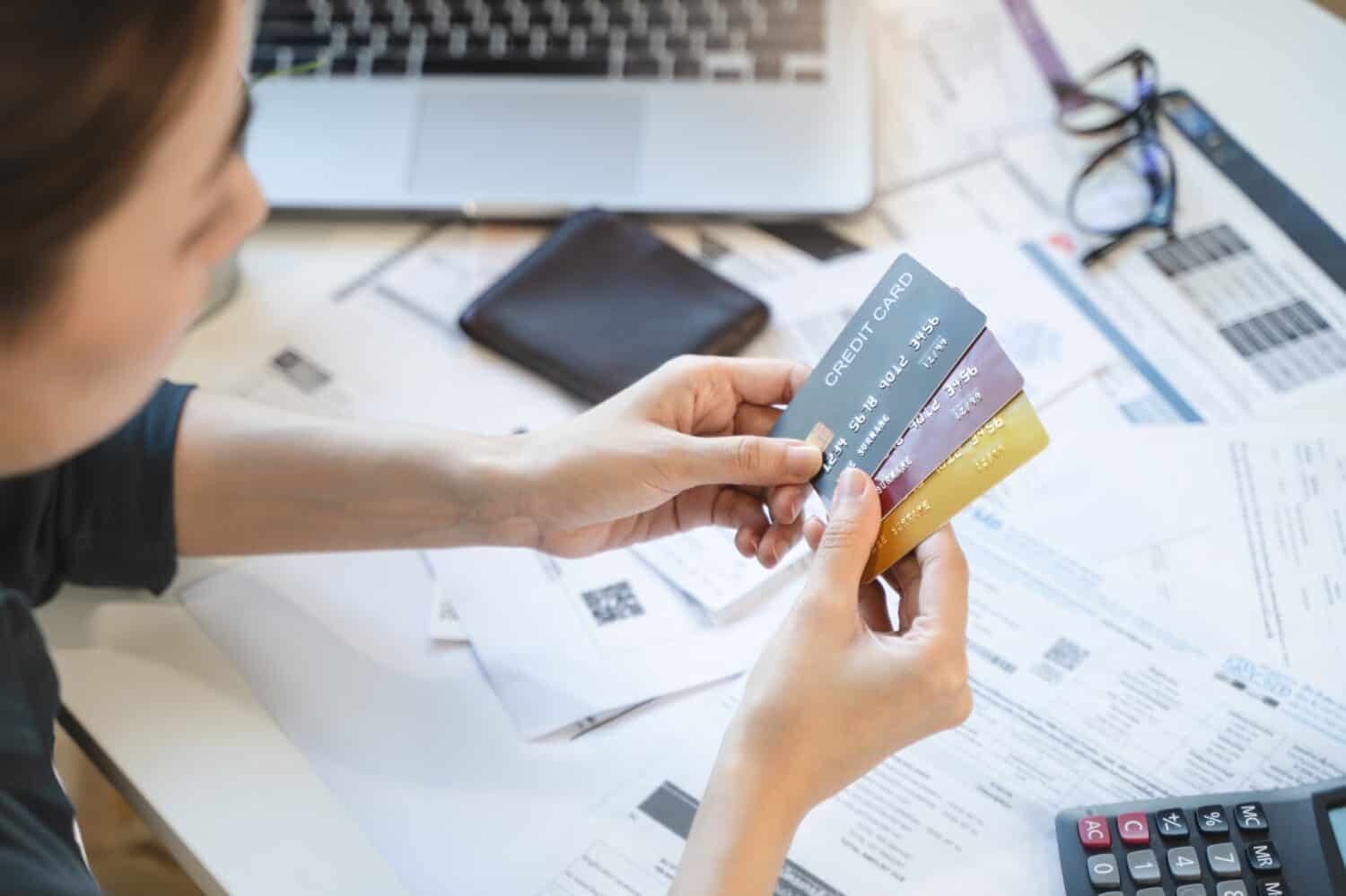Should You Use a 2% Cash Back Card For Everything, Or Are There Exceptions?
One of the biggest questions anyone who wants to earn cash-back rewards with a credit card has to ask is, why should I use such a card over every other option? Between flat-rate, tiered, and rotating category card options, you have a lot of choices, and most people decide to use multiple cards to maximize […] The post Should You Use a 2% Cash Back Card For Everything, Or Are There Exceptions? appeared first on 24/7 Wall St..

One of the biggest questions anyone who wants to earn cash-back rewards with a credit card has to ask is, why should I use such a card over every other option? Between flat-rate, tiered, and rotating category card options, you have a lot of choices, and most people decide to use multiple cards to maximize their earnings.
Key Points
-
When it comes to flat-rate cash-back credit cards, 2% is the best way to go.
-
The hope is that 2% cashback rewards become the standard percentage in the next few years.
-
One Quora user loves this card type but worries that too many people are racking up too much credit debt.
-
The right cash back credit card can earn you hundreds, or thousands of dollars a year for free. Our top pick pays up to 5% cash back, a $200 bonus on top, and $0 annual fee. Click here to apply now (Sponsor)
One Quora user posted a question about whether it’s a good idea to have a 2% cash-back card with every purchase. Their question stems from the idea that if you use such a card, then using just one is probably the best way to manage everything in your life that you can put on a credit card.
Interestingly, while this Quora user wholeheartedly recommends 2% cards, they also question their validity if you are not accountable for your spending, as you can quickly put yourself into debt.
Why Flat-Rate Cards Are Best
When it comes to why flat-rate cards like 2% cards are the best option, it’s because they’re a no-hassle, straightforward way to earn rewards. Yes, you could earn more rewards when it comes to travel cards where you can mix points between airfare, hotels, and car rentals, but they are far more complicated to navigate, and you can only book using the individual bank or card travel page.
The reason 2% cash-back cards are so popular is that they don’t have any of these concerns. You just shop and earn, shop and earn. As someone who is a big proponent of using his own 2% cash-back card, I can unequivocally say that I much prefer living this way than trying to navigate the ins and outs of rotating card categories, much as my wife keeps an eye on these other card types so we maximize earnings.
Honestly, I would go as far as to say that 2% should be the baseline for every card these days instead of 1.5%. The hope is that this earning percentage becomes more common in the next few years, as it is the sweet spot for not worrying about tiered or rotating category bonuses.
Tips to Choose a 2% Card
If you want to get a 2% cash-back card and add it to your wallet, consider which card is best for you. If you’re invested in Fidelity, you might want to consider its 2% card, which offers money you can reinvest right back into your holdings.
Alternatively, if you’re a Wells Fargo bank customer, the Wells Fargo Active card offers 2% cash back plus a few unique perks, like $600 in cell phone protection. The same goes for PNC customers, who get similar perks to the Wells Fargo card but $800 of cell phone protection.
The big caveat is that to qualify for these cards, you have to have good to excellent credit, which often requires a FICO score of around 670 to 700 as a starting point. If your credit score is below that threshold, you might want to build up your credit first and then apply for this card.
Pay Off Your Balance Monthly
You should focus less on the card and more on handling your monthly balance. As this Quora poster suggests, the worst scenario for most people with 2% cards is that it entices them to spend more than they traditionally would.
The downside is that if you are not careful, your balance can quickly disappear, putting you in a position where you cannot make full payments every month. This means accumulating interest that negates any cash-back rewards you might be earning.
Ultimately, the best scenario for most people is to be able to pay off their credit card balance every month. It is accurate to say that even if you had a credit card offering 5% cash-back on every purchase, it still wouldn’t offset just one month of accrued interest, which can start around 15% and run as high as 29%.
This means a $100 balance only earns you $2 in cash-back rewards but could cost you between $15 and $30 in interest if you don’t pay the balance in full.
The post Should You Use a 2% Cash Back Card For Everything, Or Are There Exceptions? appeared first on 24/7 Wall St..




